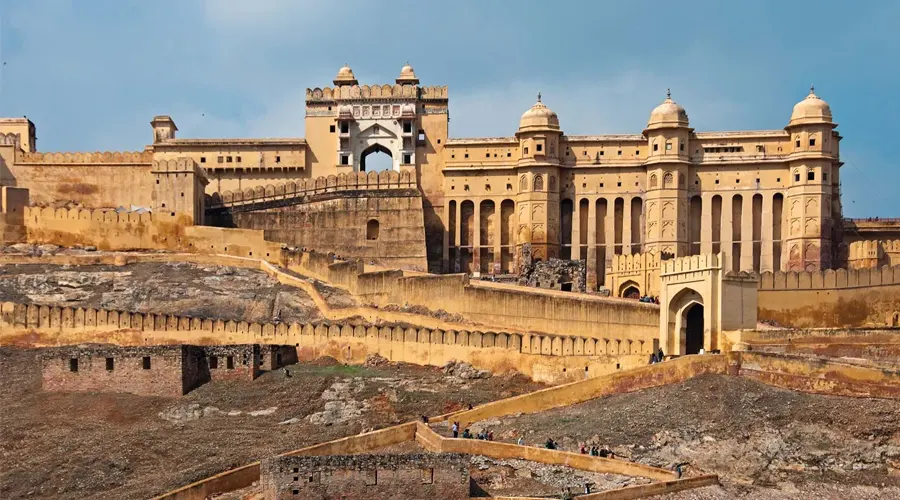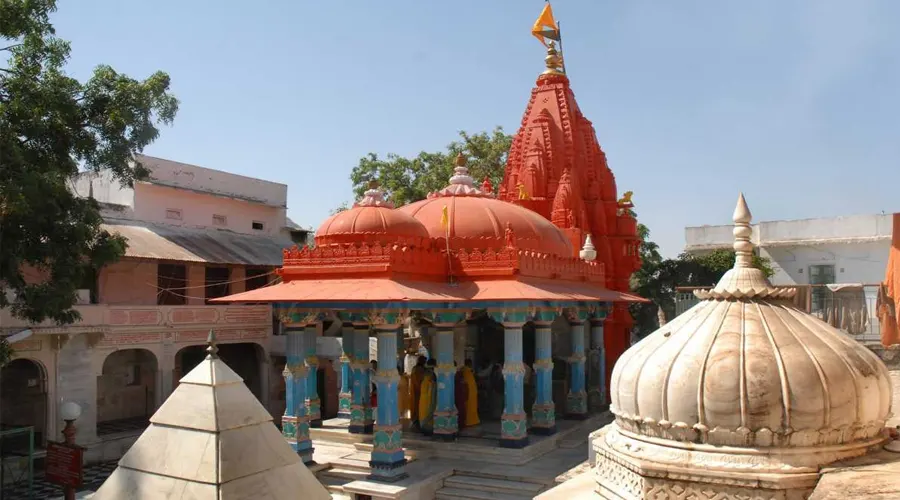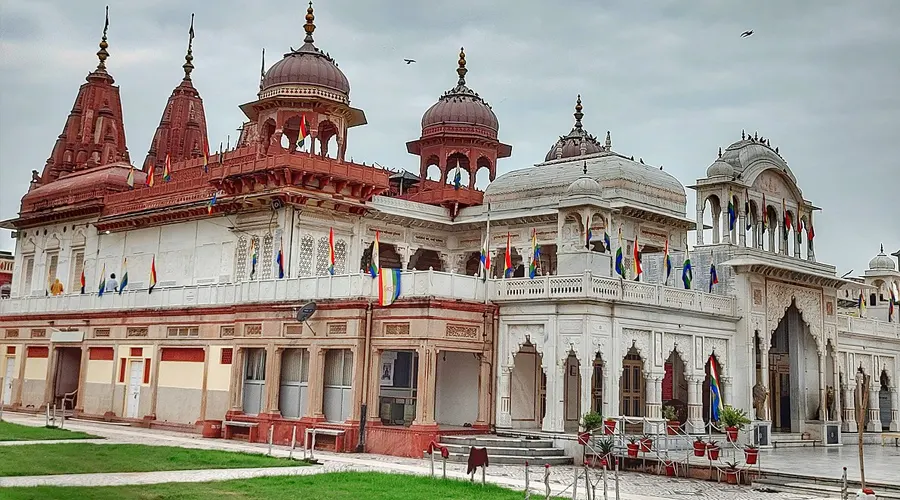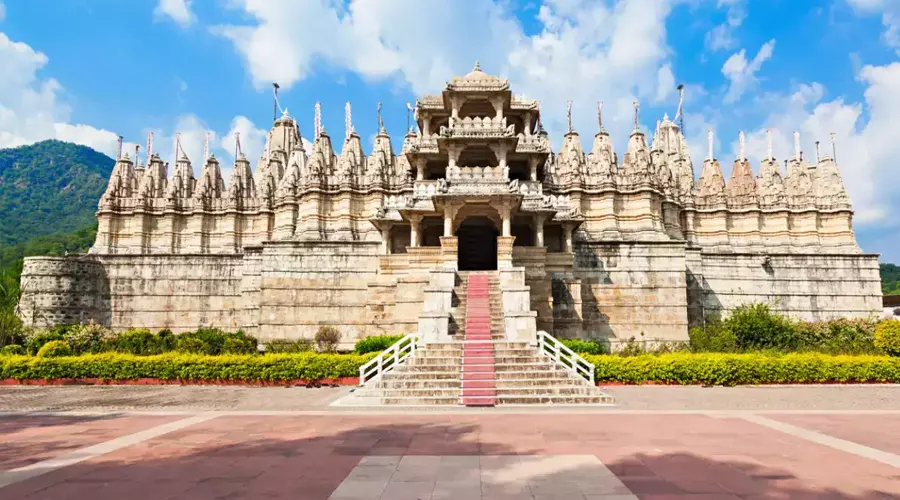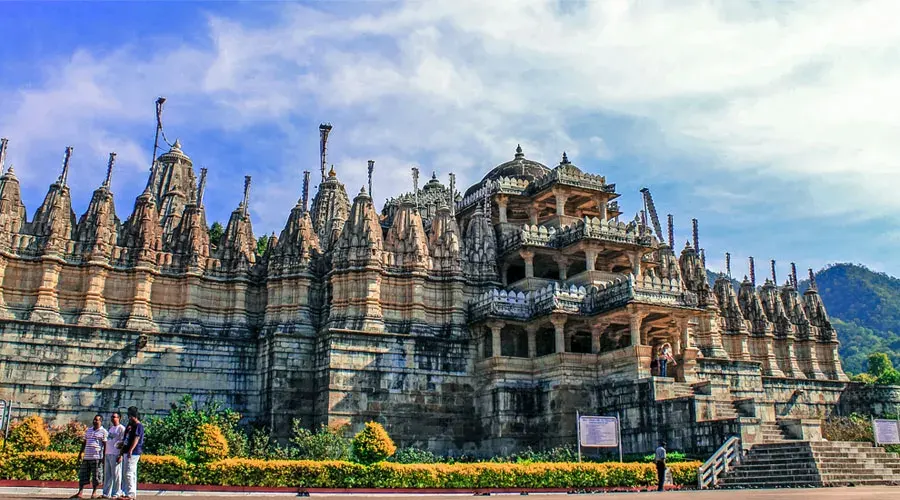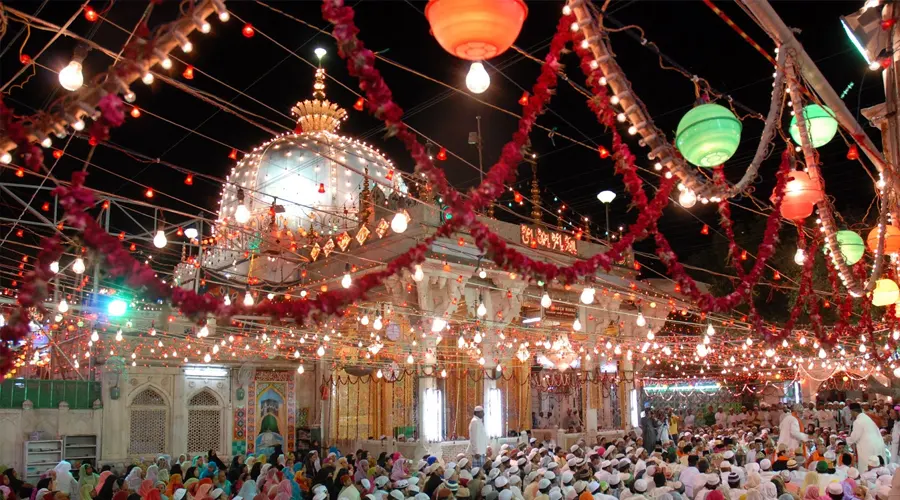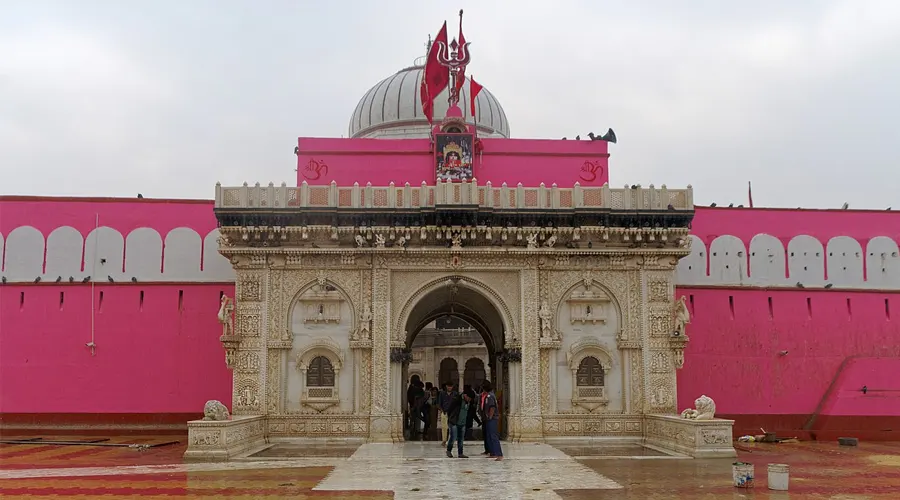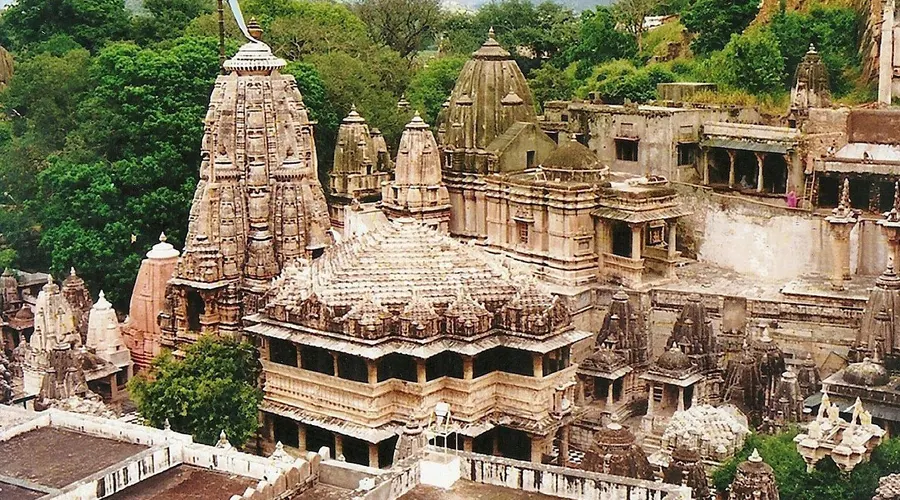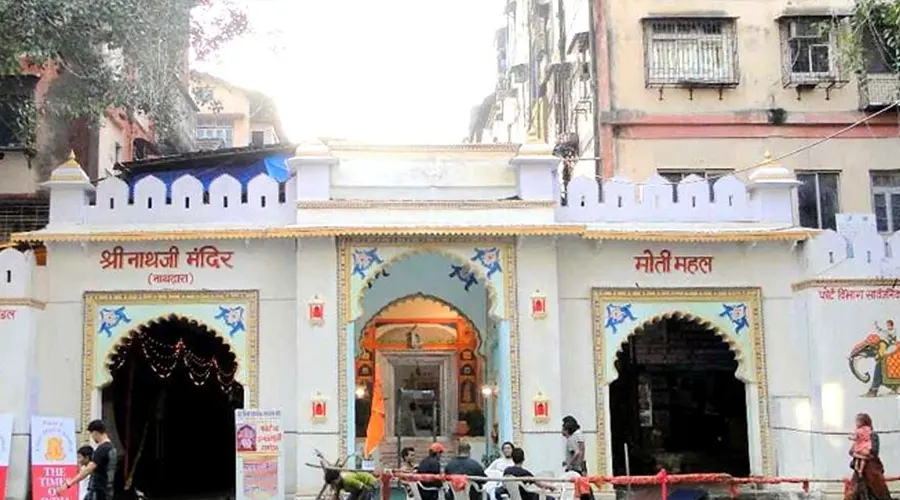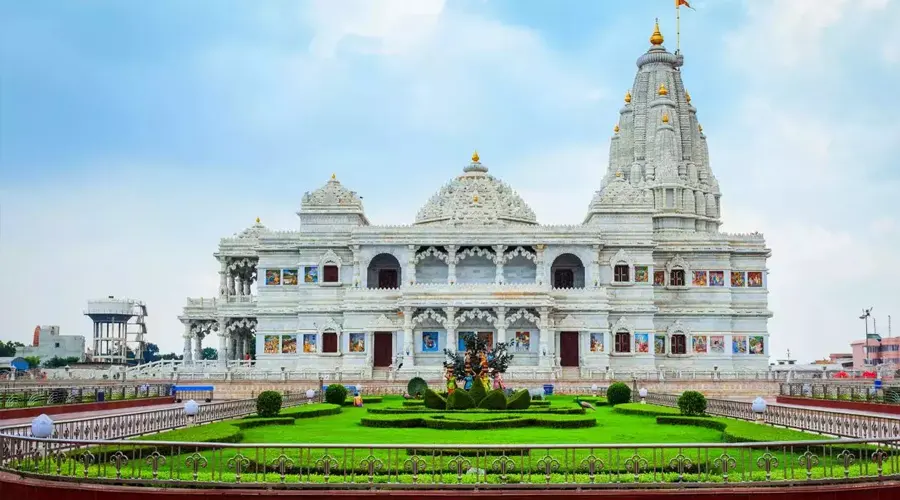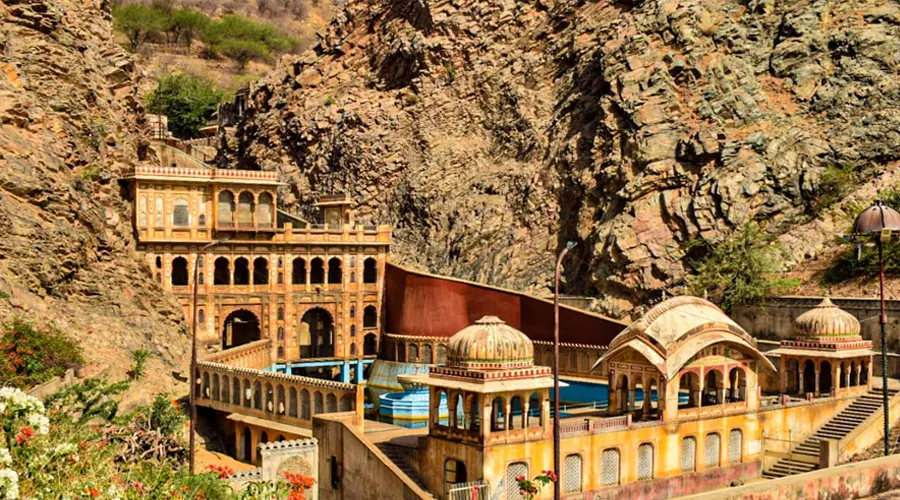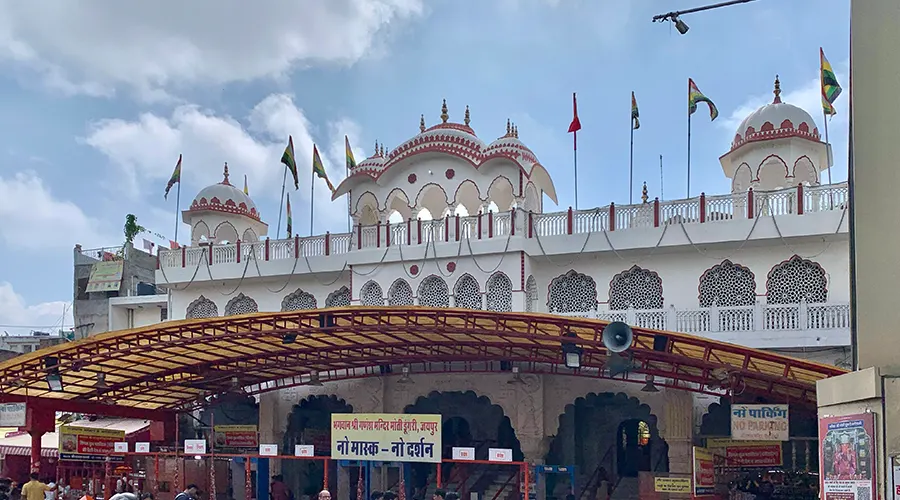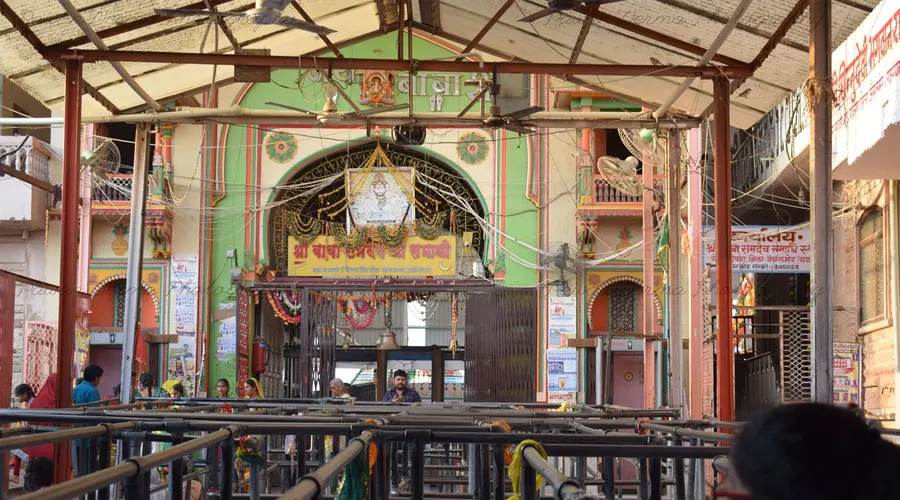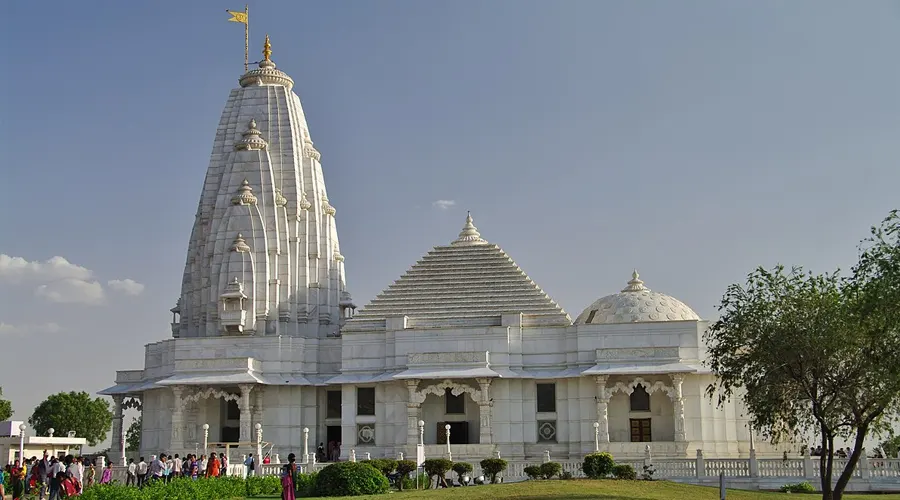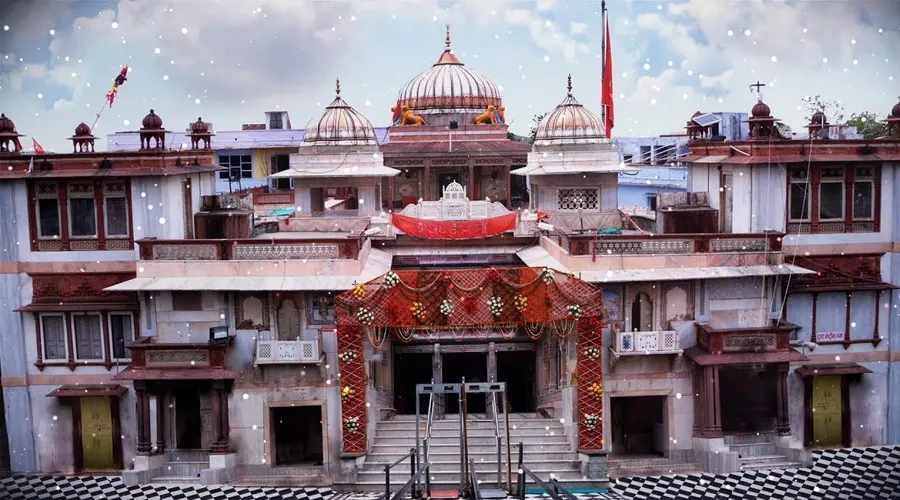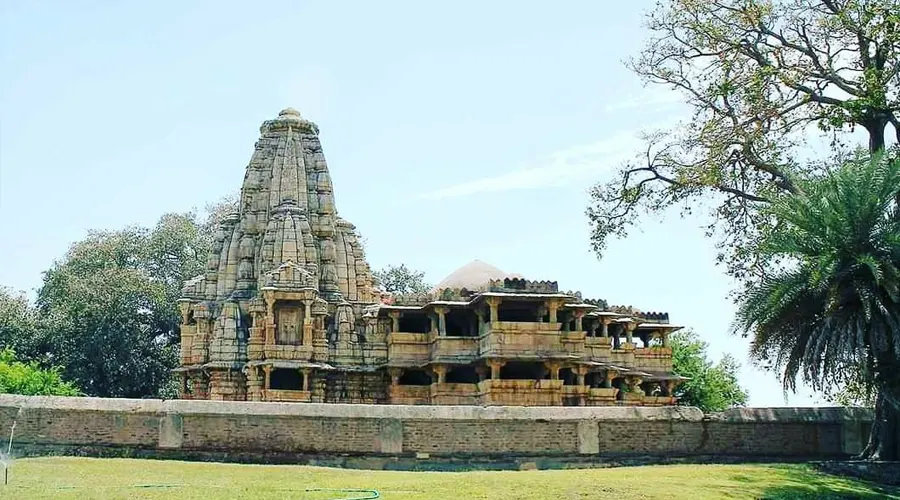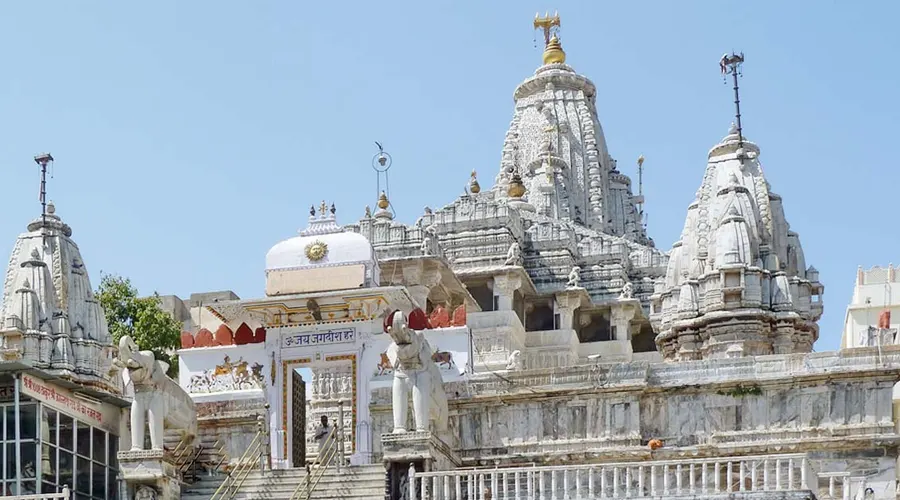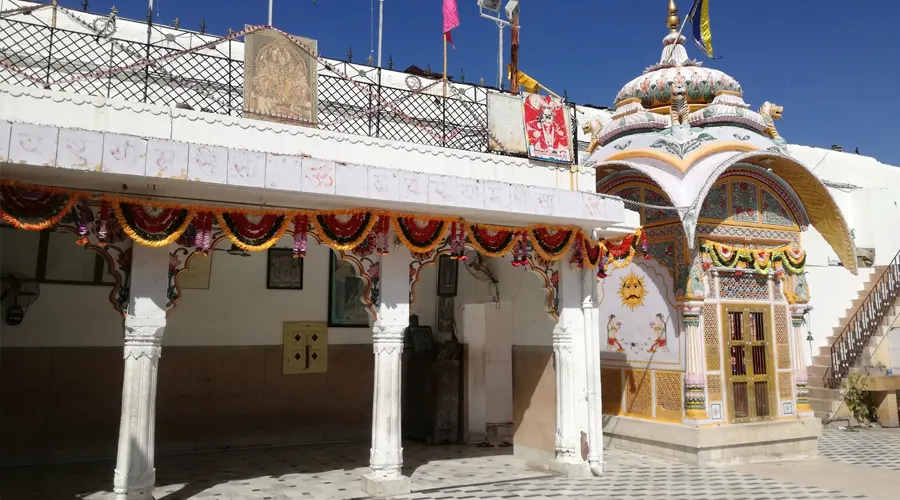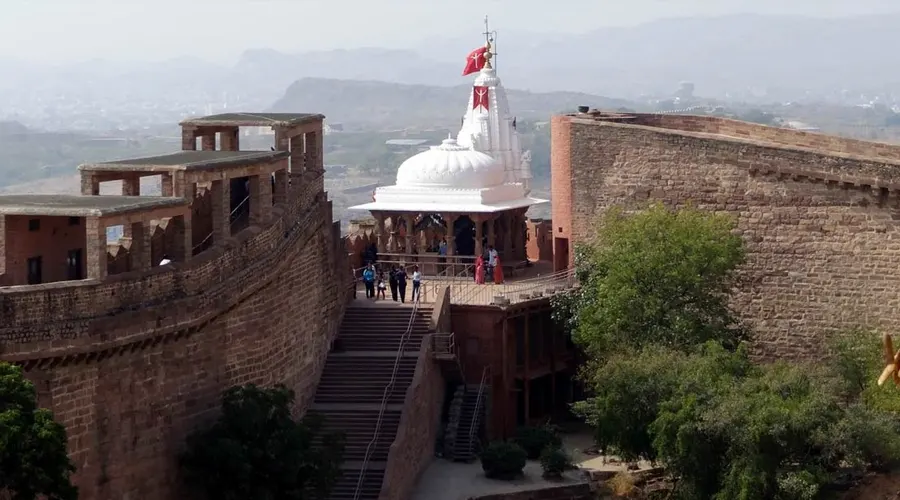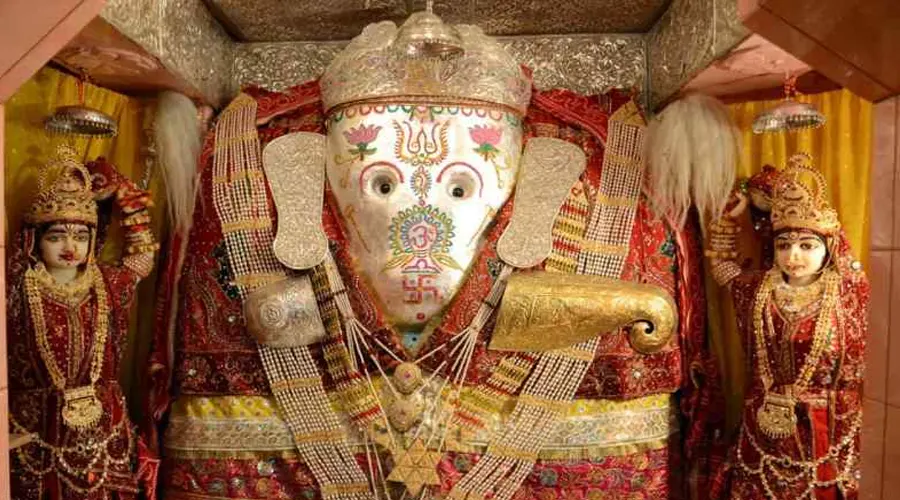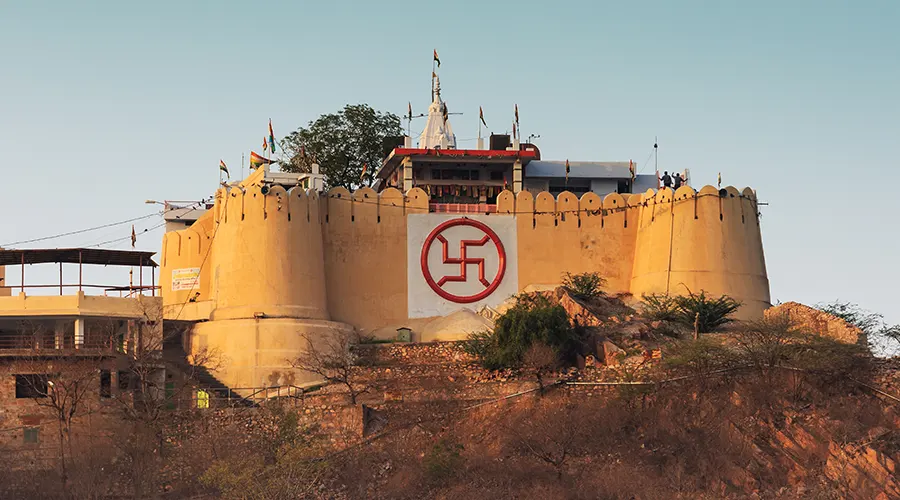Amer Fort
In the Pink City of Jaipur, cradled on the top of the Aravali Hill lies the Amer Fort, one of the most magnificent palaces in India. Also commonly known as the Amber Fort, this majestic building with its maze-like passages and serpentine staircases is an architectural masterpiece with significant importance in Indian history.
Only 11 kilometers away from the capital city of Jaipur, Amer Fort is clad in pink and yellow sandstone and is a part of an extensive complex. Built by one of the most trusted generals of Akbar, Maharaja Man Singh I in the year 1592, Amer Fort served as the main residence of the Rajput Rulers.
The Amer Fort through its large ramparts, several gateways, and paved paths overlooks the Maotha Lake in the town of Amer, which used to serve as the capital of the erstwhile Jaipur princely state. The fort is big enough that it will take you at least two to three hours to explore it in detail, and you can also choose to avail of the audio guides to lead you through this fascinating building while explaining the history of the place.
Getting an elephant ride up the stairs to the Amber Fort is also a popular tourist activity. The fort sees over five thousand visitors daily and rightfully, the Amer Fort was inducted into the UNESCO World Heritage Site list as part of the "Hill Forts of Rajasthan" along with five other forts.
History of Amer Fort
Amer City was a small town before the Kachwahas's rule, built by a small tribe named 'Meenas'. The Amer fort gets its name after Ambikeshwar, another name of Lord Shiva, however, the locals also believe that the name has been derived from Amba, another name of Goddess Durga. Once named Dhundar, the city was ruled by the Kachhawahas from the 11th century to the 16th century when ultimately the capital was moved to Jaipur.
It was in the year 1592 AD that Raja Man Singh built the fort with expansion and renovation efforts carried on for the next 150 years by his successors. The older palace named 'Kadimi Mahal' is regarded as the oldest palace in the country.
A small temple dedicated to his patron Goddess 'Sheela Mata' was also commissioned by Raja Man Singh. With several old structures destroyed and new ones brought up, the Amer Fort stood against all the odds with great fervor.
Architecture of Amer Fort
Amer Fort has a traditional Hindu and Rajputana style of architecture. It is aesthetically crafted out of marble and red sandstone giving it a rustic and mysterious look. There are intricate paintings of ancient hunting styles and portraits of significant Rajput rulers.
Amer Fort is divided into four sections, each adorned with its separate entrance and courtyard. The main entrance to the fort is called 'Suraj Pol' or Sun Gate which leads to the main courtyard. An east-facing gate, this entrance has its name owing to its position concerning the rising sun.
Imposing stairways would lead you to the palace complex to an impressive courtyard named 'Jaleb Chowk' while the steps to the right lead to Siladevi Temple. Jaleb Chowk was used by the army to display their war booty back in time when women were allowed to watch the proceedings only through the windows.
Diwan-e-Aam (Public Audience Hall) forms the second level of the Amer Fort. It is a massive hall open on three sides. With extensive mosaic glasswork, it stands on the support of two columns of pillars with mounted elephants. The third courtyard of the Amer Fort is around the royal quarters. The entrance to this level is through the Ganesh Pol. 'Sheesh Mahal' is the most beautiful attraction in the entire complex and is left at the entrance gate. The walls and ceilings have beautiful carvings of flowers and glass paintings.
The Sheesh Mahal gives beautiful illusions and you may hear people discussing that if you lit two candles inside the hall, the ceilings feel like a thousand glittering stars.
'Sukh Mahal' is another hall opposite the Sheesh Mahal and is built of sandalwood and ivory. It has numerous channels with running cold water. Another highlighting feature of the Amer Fort is the 'Magic Flower', a fresco carved out of marble and a delicate carving of Lord Ganesha out of a single piece of coral. South of this courtyard lies the oldest part of the complex and the main palace used by Man Singh I. The exit of the main palace leads directly to the city of Amer. The final level of the Amer Fort was built for Royal women.
It has a courtyard surrounded by several rooms. There is also a hall known as the Jas Mandir which was used for a private audience back in time.
Amer Fort Light and Sound Show
A fifty-minute-long light and sound show is held every evening at the Amer Fort showcasing the history of Jaipur and the fort. With a motive of reviving the state's rich history, tradition, and culture, the show celebrates local legends, folklore, and folk music. Photography, video, or audio recordings of the show are prohibited.
Duration: 52 minutes.
Timings:
October to February -6:30 PM (English)/ 7:30 PM (Hindi)
March to April - 7:00 PM (English)/ 8:00 PM (Hindi)
May to September - 7:30 PM (English)/ 8:30 PM (Hindi)

